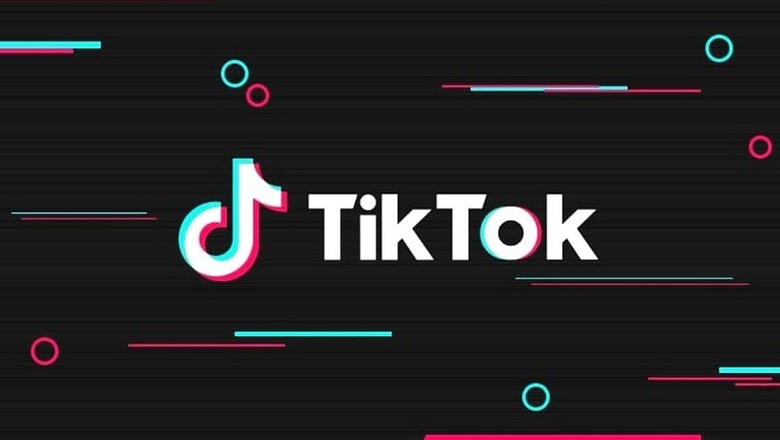
views
TikTok is incredibly popular with teens. ByteDance knows that and it is the likely reason that the company is rolling out a new Family Mode for the app, that will allow parents to monitor their child’s activities on the platform. Parents will now be able to preset limits for how much time their kid spends TikTok on a daily basis. They will also have the option of limiting or completely disabling the direct messages (DMs) option altogether. Within the new Family Mode, parents will also be able to manage what kind of content their kids can see on their TikTok app.
Luckily for millions of users, the new Family Safety Mode is rolling out in the UK for now. It is not clear when other regions will also get this new feature on the TikTok app. But is more a case of when, and not if. “As part of our commitment to safety, the wellbeing of our users is incredibly important to us. We want people to have fun on TikTok, but it's also important for our community to look after their wellbeing which means having a healthy relationship with online apps and services,” says Cormac Keenan, Head of Trust and Safety, EMEA at TikTok. The company says these features will be rolling out in other markets in the coming weeks.
The way the Family Safety Mode works is that it links a parent’s TikTok account to their child’s TikTok account. That is rather neat, because a lot of parents probably won’t be on TikTok, and those at the end of their patience tether will probably sign up now. The Screen Time Management option can be used to control how much time a teen can spend using TikTok every day. Parents can also limit who can send direct messages to their child on the TikTok app, and who the child can send direct messages to. The Restricted Mode can be used to control content and topics, which will appear on the child’s TikTok app.
TikTok’s incredible popularity can perhaps be best judged by numbers—it has over 800 million monthly active users as of January, according to Hootsuite’s Digital 2020 report released last month. This is up from 300 million in January 2019, which is nothing short of an incredible spike.




















Comments
0 comment